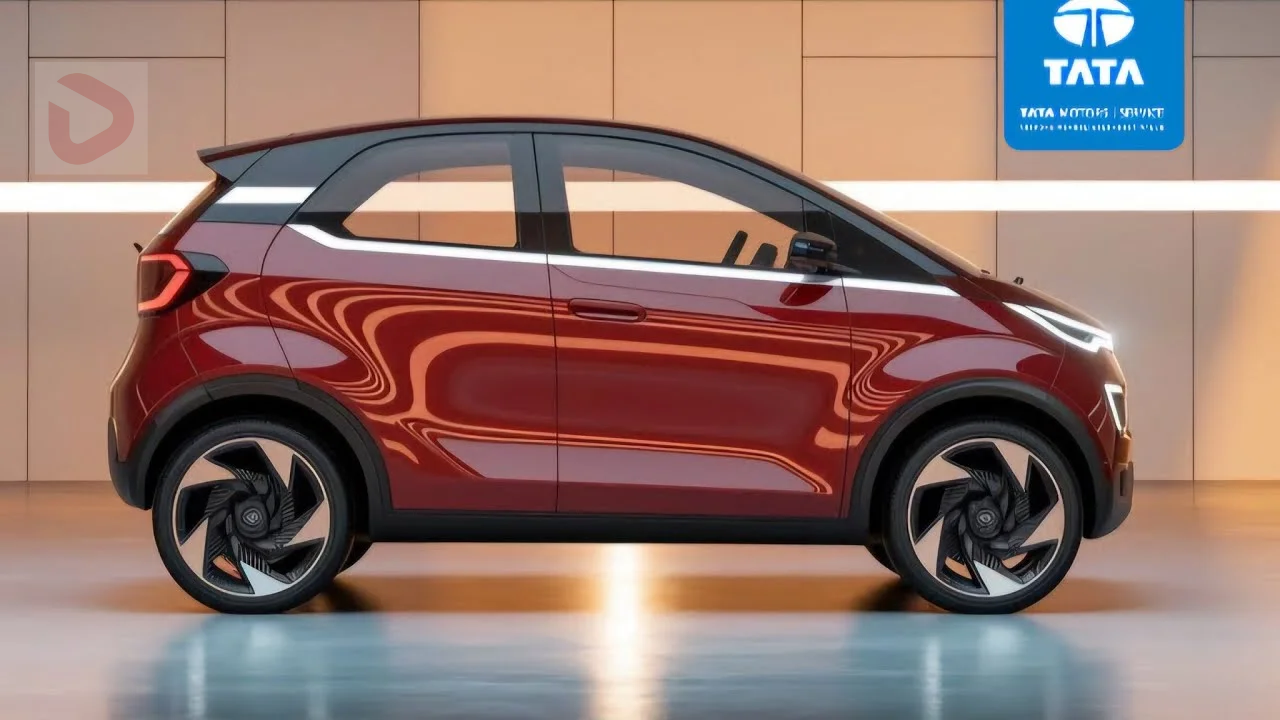India’s most iconic budget car is gearing up for a revolutionary comeback—this time with a fully electric twist. The Tata Nano, once known as the world’s most affordable car, is reportedly set to make a return as an EV (Electric Vehicle) in 2025. This transformation signals Tata Motors’ intent to make electric mobility accessible to millions of Indians, particularly in urban environments where compact, efficient vehicles are in high demand.
So, what can we expect from the Tata Nano EV 2025? From range and design updates to expected price and launch speculation, here’s everything you need to know.
Table of Contents
- The Return of the Nano – Why Now?
- What We Know So Far About the Nano EV
- Expected Features and Specifications
- Design Tweaks & Interior Upgrades
- Battery Range & Performance Predictions
- Affordability and Target Audience
- Launch Timeline and Price Estimates
- Final Thoughts – Can the Nano EV Disrupt the Market Again?
1. The Return of the Nano – Why Now?
Originally launched in 2008 as a “people’s car”, the Tata Nano promised affordable mobility for Indian families. While it didn’t achieve long-term commercial success, it left a lasting legacy.
Fast forward to 2025, and the Indian EV market is booming. With rising fuel costs, growing environmental awareness, and government incentives for electric vehicles, it’s the perfect moment for Tata to revive the Nano as a low-cost electric car for the masses.
2. What We Know So Far About the Nano EV
While Tata Motors hasn’t officially confirmed full specs, several industry leaks and media reports suggest that the Tata Nano EV 2025 is in development under Tata’s EV division, likely supported by Electra EV, the electric drivetrain specialist previously associated with Tata projects.
The car is expected to retain its small footprint, making it ideal for city commutes and tight parking, but with modern EV underpinnings and updated safety features.
3. Expected Features and Specifications
Though full specs are yet to be officially released, here’s what insiders and analysts predict:
| Category | Expected Specification |
|---|---|
| Battery Capacity | 15–25 kWh lithium-ion battery |
| Driving Range | Approx. 150–250 km per charge |
| Top Speed | 80–100 km/h |
| Charging Time | 4–6 hours (AC), 1–2 hours (Fast Charging) |
| Seating Capacity | 4 Adults |
| Body Type | Compact Hatchback |
The Nano EV is expected to be a no-frills, budget EV focused on affordability, efficiency, and everyday practicality.
4. Design Tweaks & Interior Upgrades
Don’t expect a complete overhaul, but the 2025 version will likely get modern touches such as:
- Closed-off EV front grille
- LED headlights and taillamps
- Digital instrument cluster
- Touchscreen infotainment (in higher variants)
- Improved cabin materials and layout
- Safety features like airbags, ABS, and reverse sensors
Despite its compact size, Tata aims to maximize interior space and comfort—a crucial factor for urban drivers.
5. Battery Range & Performance Predictions
Given its intended use as a city commuter, the Nano EV won’t aim for long-distance range. However, a 150 to 250 km range on a single charge would be more than sufficient for daily urban driving.
With a lightweight body and efficient motor, the Nano EV could offer quick acceleration at lower speeds, making it ideal for stop-and-go traffic.
6. Affordability and Target Audience
Affordability will be the Nano EV’s biggest strength. Tata is expected to price the car below ₹6 lakhs, positioning it as the cheapest electric car in India.
Its core audience will likely include:
- First-time car buyers
- Budget-conscious families
- College students and young professionals
- Urban commuters
- Fleet operators (last-mile delivery, EV taxis, etc.)
With government subsidies and EV incentives, the on-road price could be even lower in some states.
7. Launch Timeline and Price Estimates
As of mid-2025, Tata has not announced an official launch date, but several reports indicate:
- Prototype testing is underway
- Possible launch window: Late 2025 to early 2026
- Expected starting price: ₹5.5 – ₹6 lakh (ex-showroom)
- Subsidy-adjusted price: Under ₹5 lakh in some states
If Tata manages to hit this pricing while offering solid range and features, the Nano EV could become a game-changer in India’s EV segment.
8. Final Thoughts – Can the Nano EV Disrupt the Market Again?
The Tata Nano EV 2025 isn’t just a nostalgic revival—it’s a strategic response to a rapidly evolving market. As the demand for affordable electric vehicles soars, the Nano EV has the potential to once again redefine mobility for the masses, this time with zero emissions and low running costs.
If Tata delivers on expectations, the Nano EV could become the most accessible and practical electric car in the country, opening the door to a greener future for millions of Indian drivers.

